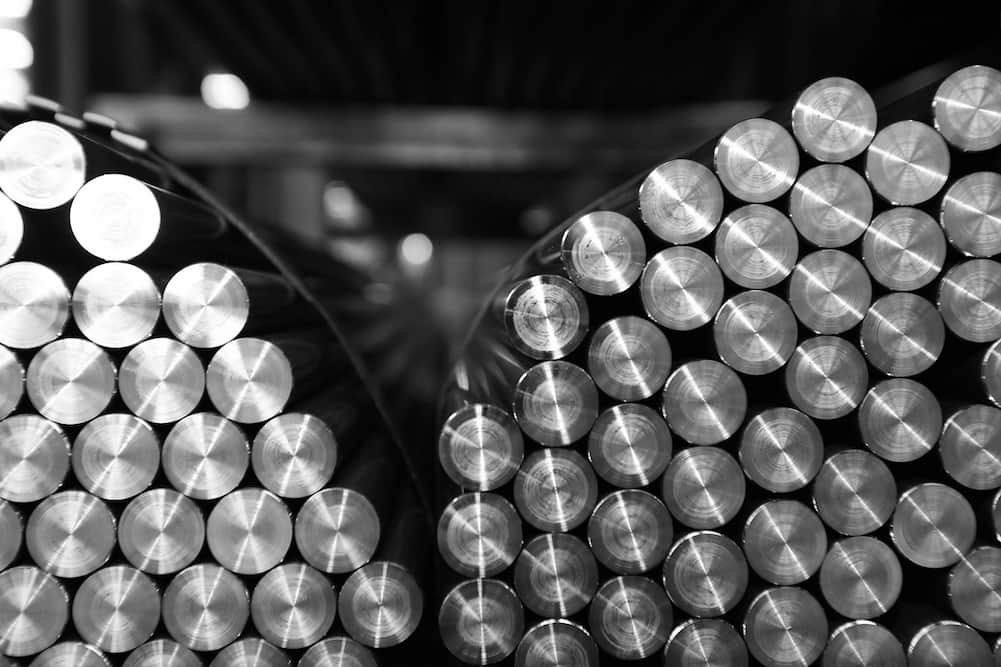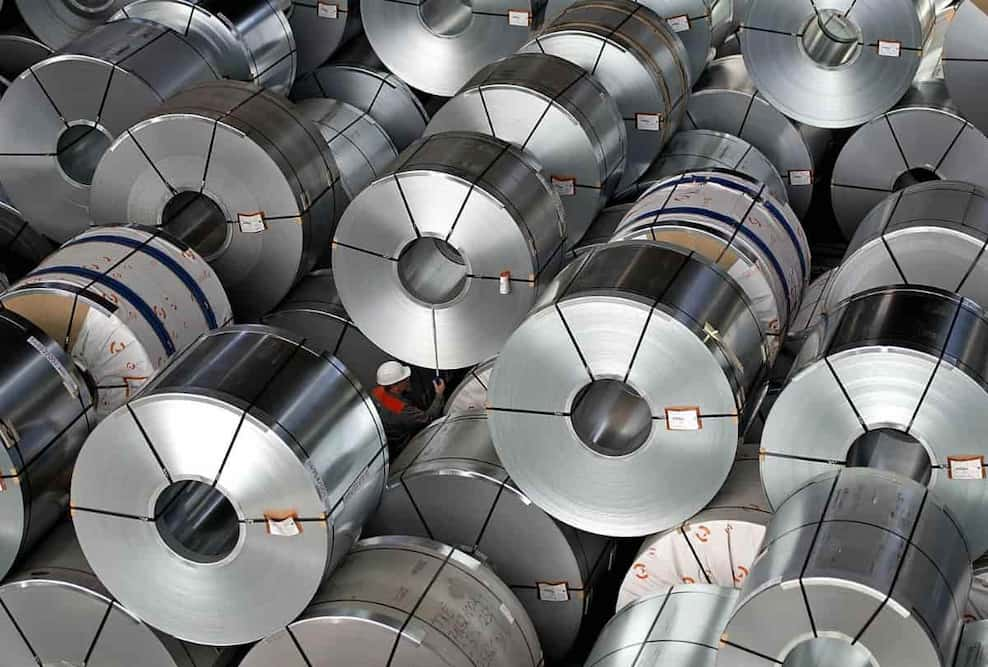We will discuss in this article what is the application of aluminum in the power grid.
History of aluminum in electrical engineering Aluminum was first used in electrical wiring in the early 20th century. As the national grid expanded after World War II, aluminum was increasingly preferred over copper due to its significant weight and cost advantages.
According to the American Aluminum Association, the AA-8000 series of aluminum alloys has been accepted by the National Electrical Code for the past few decades, and the aluminum wiring Over the previous ten years, the market has expanded by 20%.

When Thomas Edison built his first electricity transmission grid in the late 1800s, copper was an obvious choice because not only was it more conductive than aluminum and other metals, but it was also readily available. Aluminum was considered a precious metal in the late 19th century, competing in price with gold and silver, but it didn’t take long for copper’s disadvantages to become apparent.
Not only is it heavier, it also has corrosion problems. What are the advantages of using aluminum in electrical applications? With the discovery of practical mass-production methods for aluminum processing, the price of aluminum has dropped rapidly, making it a more affordable option for fabricators and designers.
It takes 1.5 times the diameter of copper wire to carry the same amount of electricity, but copper wire is three times lighter, making aluminum a more efficient material in electrical applications. High-voltage overhead power lines are made of aluminum to reduce weight while maintaining good electrical conductivity.
Perhaps more importantly, aluminum alloys are more resistant to corrosion. With the latest advancements in premium alloys, more companies are switching from copper to aluminum, as power generation and transmission is no longer the sole responsibility of power companies.
Automotive, aerospace, and shipbuilding are among the few industries that rely on electrical wiring to function properly.

Tires are one of the applications of aluminum power generation. This critical component is a metal strip that fits inside switchboards, panels, and busbar enclosures, allowing localized distribution of high current.
Since the busbar is usually uninsulated, it must be stiff enough to be supported by the insulated stands. Busbars ensure adequate cooling of the conductors. Aluminum is an excellent choice for tire material due to its high thermal conductivity.
Both 1XXX and 6XXX series aluminum alloys are suitable for bus and bus applications. 1370 is a 99.7% pure aluminum grade with high electrical conductivity and corrosion resistance. When higher strength is required, alloy 6101 with magnesium and silicon combines higher mechanical properties with good electrical conductivity.
For critical applications where standard dimensions are not sufficient, 6101 can also be easily extruded into custom profiles.
The role of aluminum in renewable energy production First, many components used to produce renewable energy are made of aluminum. For example, aluminum profiles are widely used in the construction of solar power generation equipment in the solar power generation industry. Extruded aluminum profiles are often used to make the frames of photovoltaic solar cells (these are the solar panels you may see in homes and businesses).

These extrusions are lighter than steel, offer excellent durability and corrosion resistance, and are versatile in profile size. Another method of generating solar energy is concentrated solar energy, which uses large mirrors to reflect sunlight into a collection unit.
The intense heat produces steam that powers a turbine generator. These massive solar arrays must be able to withstand various environmental conditions including extreme heat, strong winds, wear and tear, etc., and at the same time perform flawlessly.
One of the best materials for securing reflectors in these intricate systems has proven to be aluminum. Aluminum is also used in wind turbines. Wind turbines need to be both strong and light, which makes aluminum an excellent choice.
While steel is often the first choice for turbines, aluminum can also be found in other critical system components such as tower platforms, cooling systems, etc. Although the production of aluminum is an energy-intensive process, many people are unaware of the role of aluminum in the grid industry and power generation.
Aluminum has many properties that make it an important material for the efficient production and transmission of electricity over long distances. Anyone who has worked in these fields is aware of the large number of aluminum alloys used in electrical applications.
Although the production of aluminum requires a lot of energy, many people do not understand the role of aluminum in the grid and the power generation industry. There is widespread support for switching electricity generation from traditional fossil fuels to renewable energy sources such as wind and solar. Aluminum can help this transition in two ways. First, a lot of components for the creation of renewable energy employ aluminum.

For example, aluminum profiles are widely used in the construction of solar energy production equipment. Extruded aluminum profiles are commonly used to make frames for photovoltaic solar cells (these are the types of solar panels you may find in homes and businesses).
These extrusions are lighter than steel, offer excellent durability and corrosion resistance, and have great flexibility in profile size. Another method of generating solar energy is concentrated solar energy, which uses large mirrors to reflect sunlight into a collection unit. The intense heat produces steam that powers a turbine generator.
These massive solar arrays must be able to withstand a variety of environmental conditions, from extreme heat to high winds to wear and tear, and more, while still working flawlessly. One of the best materials for securing reflectors in these intricate systems has proven to be aluminum. Perhaps more importantly, aluminum alloys are more resistant to corrosion.
With recent advances in premium alloys, more companies are switching from copper to aluminum, realizing that power generation and transmission are not just the responsibility of power companies. Automotive, aerospace and shipbuilding are among the few industries that rely on electrical wiring to function properly.
Conclusion
Our vision is to be a standard for customized products and quality services so that we can build a good brand image for our company in the national and international markets with competitive prices and cheap shipping services. And do not hesitate to any questions our support teams are available. For more information kindly visit our site.











Your comment submitted.